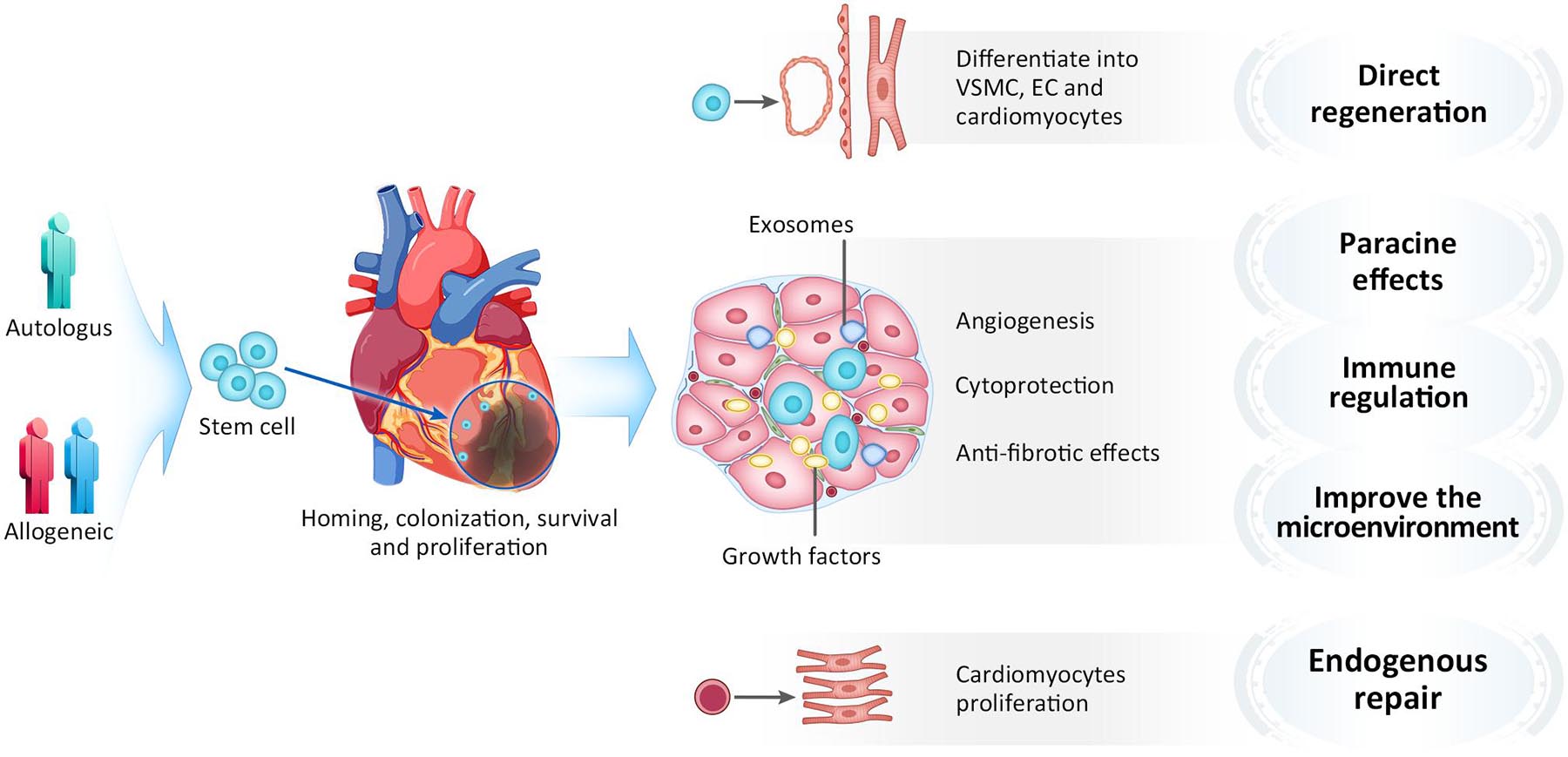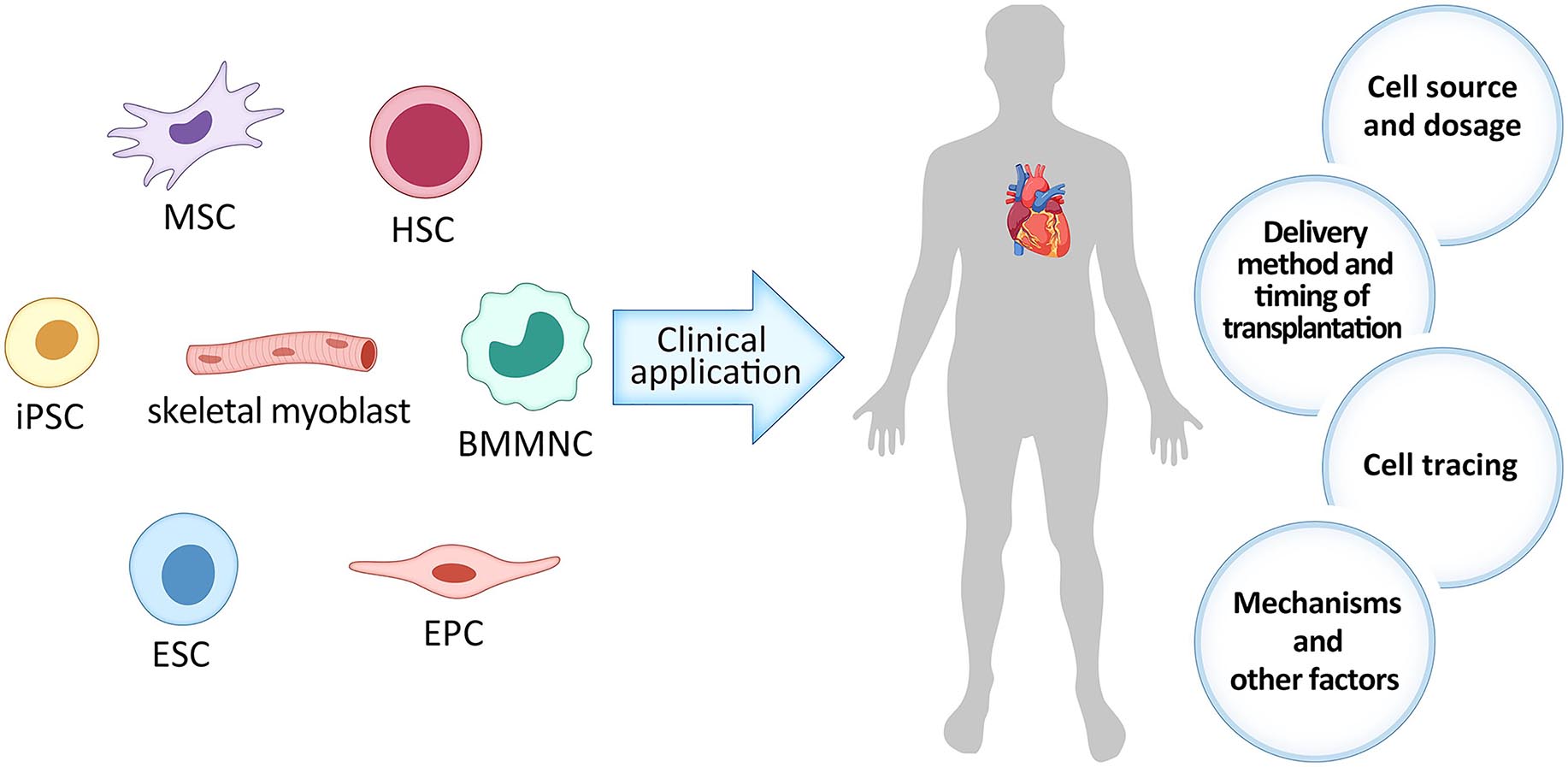Table of Contents
The authors note difficulties that continue to be, consisting of raising the engraftment success and cell survival. Due to the fact that the ISCI and Miller Institution are leaders in this location, the writers likewise stress the requirement to systematize definitions and outcomes steps in the area. "The Hare Lab continues to be at the forefront of pioneering new therapies in this essential clinical domain.
Now we are discovering just how to harness such stem cells to assist people heal their own broken hearts."The study is guided by the Cedars-Sinai Heart Institute, with the collaboration of the Johns Hopkins College, where Dr. Marbn functioned before signing up with Cedars-Sinai in 2007. The 24 individuals getting involved in the research have hearts that were damaged and scarred by heart strikes.

It takes around 4 weeks for the cells to multiply to numbers enough for restorative usage, around 10 to 25 million. In the third and last action, the now-multiplied stem cells are reintroduced into the individual's coronary arteries during a second catheter procedure. All clients in the study had to have skilled heart assaults within 4 weeks prior to enrolling in the study task.
Later this summer season, it is prepared for that 12 more clients will certainly go through treatments to obtain 25 million stem cells, while 6 extra patients will be kept track of as controls. The initial individual, Kenneth Milles, a 39-year-old controller for a small construction firm in the San Fernando Valley, experienced a cardiac arrest on May 10 because of a 99 percent clog in the left anterior descending artery, a major artery of the heart.
The procedure to expand the cardiac-derived stem cells associated with the research was established by Marbn when he was on the professors of Johns Hopkins University. The university has applied for a license on that copyright, and has licensed it to a business in which Dr. Marbn has a monetary passion.

All funding was derived from the National Institutes of Health And Wellness, the Donald W. Reynolds Foundation and Cedars-Sinai Medical Facility. Marbn holds The Mark Siegel Household Foundation Endowed Chair and Supervisor of the Heart Institute.
Breakthrough option for Atherosclerosis that uses stem cells
Stem cell therapy for heart failing has actually emerged as a new means to deal with and take care of the core of the disease.
Stem cell treatment can help to ease signs and boost the heart's pumping ability. This treatment uses the capacity of stem cells to self-regenerate and self-heal. Adhering to the admission of stem cell injections for heart disease, numerous mechanisms enter play: Stem cells for heart failing advertise the development of specialized cardiac muscular tissue cells and regenerate damaged cells, boosting the heart's pumping capability.
There are multiple types of stem cell therapy for cardiac arrest that have acquired approval adhering to a good deal of research. These are sorts of grown-up stem cells that are acquired from bone marrow, fat tissue, and skin cells. They have cell regenerative and anti-inflammatory properties. These are the most usual and well-researched types of stem cells.
These are gotten from embryos and have the pluripotent possibility to change into any kind of cells, consisting of cardiac ones. The major problem with these cells is that, as they are drawn from embryos, they have numerous honest and lawful constraints and are just used in certain scenarios. for the factors pointed out above.
Regenerative support for Arrhythmias via regenerative medicine
These cells come from in the heart and are appropriate to cardiac repair work. Clinical Consultant, Swiss Medica medical professional The application and treatment of stem cell treatment consists of 5 actions: Clients start with an on the internet assessment with our medical advisor and are then reviewed by a cardiologist, who will certainly acquire the necessary medical background, do blood examinations, and request imaging researches to determine whether stem cell treatment for heart failure is a practical option.
We provide stem cells with pain-free stem cell injections for heart disease. A highly trained doctor will infuse refined stem cells into the bloodstream; the whole treatment takes less than an hour. After completing the heart disease stem cell therapy procedures, our people will be monitored for any difficulties and results.
Navigation
Latest Posts
Can stem cells help with Arrhythmias — what the science says
Is stem cell therapy for Heart Disease and what patients are saying
Next-gen support for Peripheral Artery Disease now available